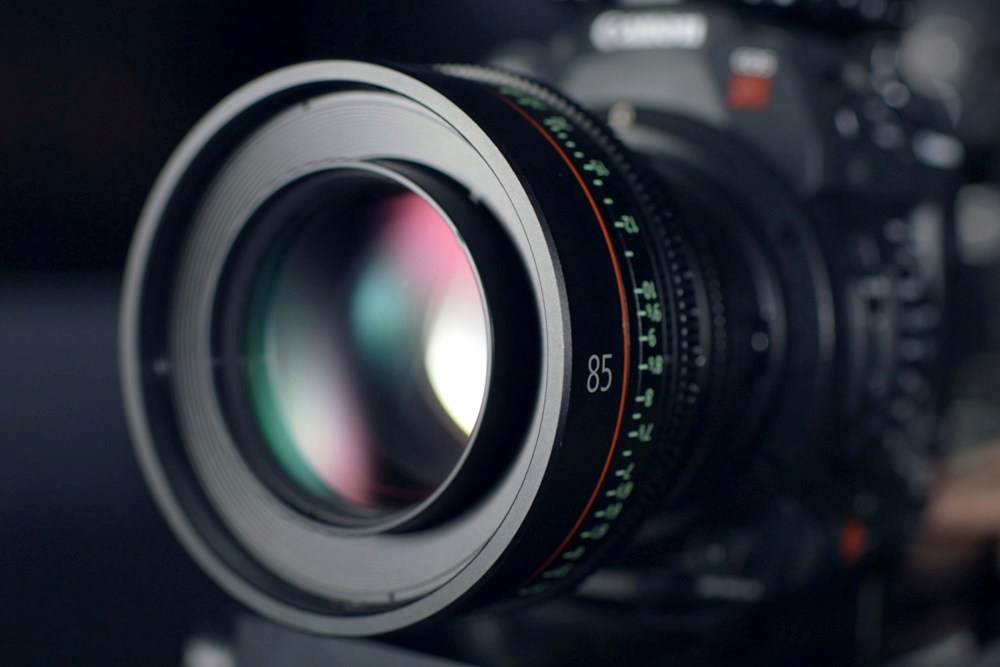
The philosopher Heraclitus said you can't step twice into the same river. Everything flows. The wise man might just as easily have been talking about photography as philosophy. The most beautiful moments captured in photographs are those when the photographer, instinctively aware of the flow of time and with one metaphorical foot planted in the current, waits with intention, anticipating the subject's next move.
Waiting to Immortalize the Image
Poised for action as a mother lion might in order to seize her prey or rescue one of her cubs, the artist succeeds in snapping the frame in the split-second when subject, lighting, composition, and the sense of movement in time all converge. The resulting image is the irreplaceable recreation of an ephemeral moment. It is immortalized, until the disintegration of the printed paper or the pixels, whichever comes first. Meg Bitton understands how to step into the moment. A skilled photographer and multi-experienced photography instructor, she draws on her deep knowledge of craft and her openness to the world around her to center her subject at just the right moment in time. She realizes that composition begins in anticipation, and that the time she spends in waiting is part of the flow of process that leads to an indelible image. Photography is also about bearing witness to our ever-shifting world and the forms, the tones and colors, and human spirit that define it. A child turns, tosses her head, lifts her hand toward a balloon, allows a spark to light in her eyes. The photographer is there, ready for the pivot-point split-second that will best illuminate the child's full humanity and resonate with other humans across time and distance.
A Joyous Craft and Art
The skill required to anticipate and capture the image in this way doesn't develop overnight. It's anchored in a blend of technical precision and the true artistry of a photographer who makes space for her subject while interpreting through her own distinct perspective. The technical know-how that provides the foundation for each image involves understanding the camera as both a digital device and a portal, a tool and a means of literal and emotional enlightenment. Layered on top of this foundation is an experienced eye for composition, as well as a grasp of how light and shadow play off each other and sculpt the subject within the frame.
How the Light Gets In
Creativity is the x-factor that lifts a photographer's skills from technical competence or even compositional brilliance to another level of perception and communication. It's the full flowering of a photographer's individual creativity that allows her to anticipate the mirror of the marvelous in our everyday world, and to coax the extraordinary out of the elements of common experience. Creative inspiration is everywhere. The photographer just has to train herself to see the visual stories unfolding all around her. Awakening that flame of creativity might start with a painting in a museum, or a walk along a city wall washed over with graffiti. It could be a child's sunshine-filled chalk drawing on the sidewalk, the incoming tide rushing over the sand, or a bird in flight with its wings carving a certain angle out of the air. It could be Emily Dickinson's certain slant of light
on a chilly afternoon that brings an understanding of where the Meanings are.
It might even be a newly discovered work by a fellow photographer, or a familiar one transformed by looking at it with a fresh perspective.
A good photographer amasses the skills she needs to elevate the ordinary into extraordinary by capturing the creativity waiting at every turn. Feel the fire. Find the frame. Anticipate. Click.
EDITORIAL POLICY
The Flash List is dedicated to providing trustworthy editorial content by maintaining strict ethical standards, journalistic integrity, and credible professionalism regardless of any remuneration as working media. The Flash List is not affiliated with third-party companies mentioned and makes no endorsement or guarantee expressed or implied. The preceding article, which contains affiliated link(s) for which compensation was received, is intended for informational reference only and does not constitute advice of any kind. Moreover, a qualified professional should be consulted regarding any lifestyle consideration, medical treatment, or monetary transaction, etc. Content is published in accordance with USFTC regulations and terms and conditions.
MORE ON THE FLASH LIST
































